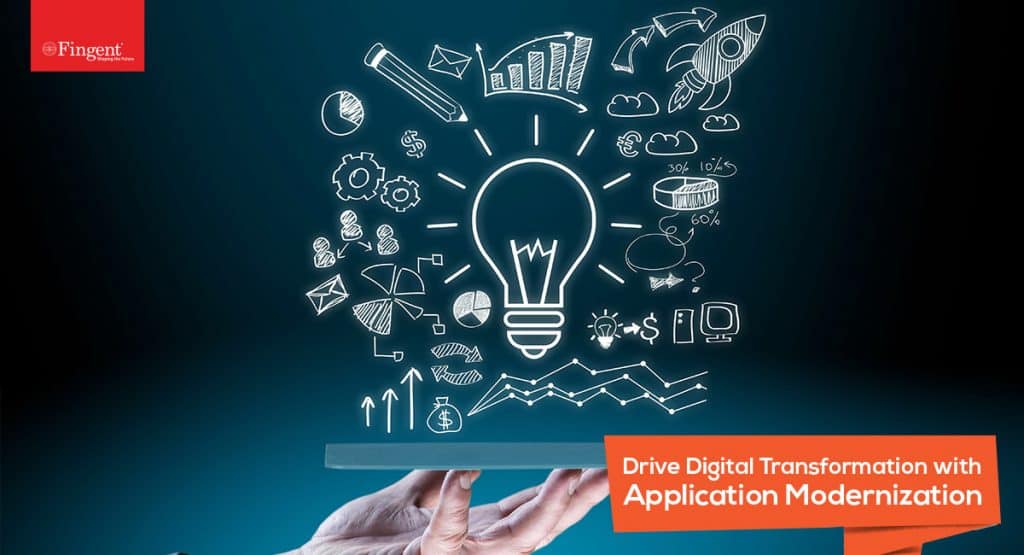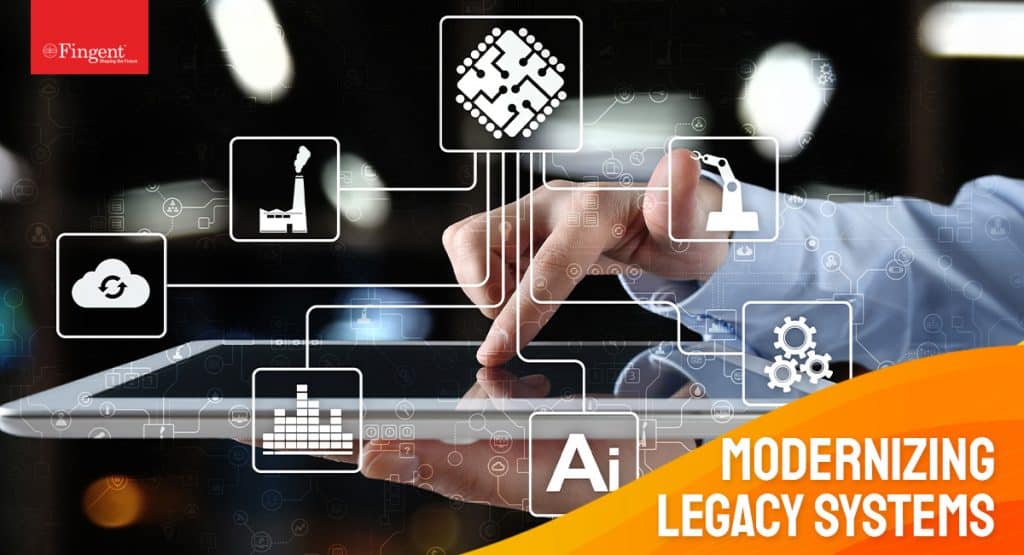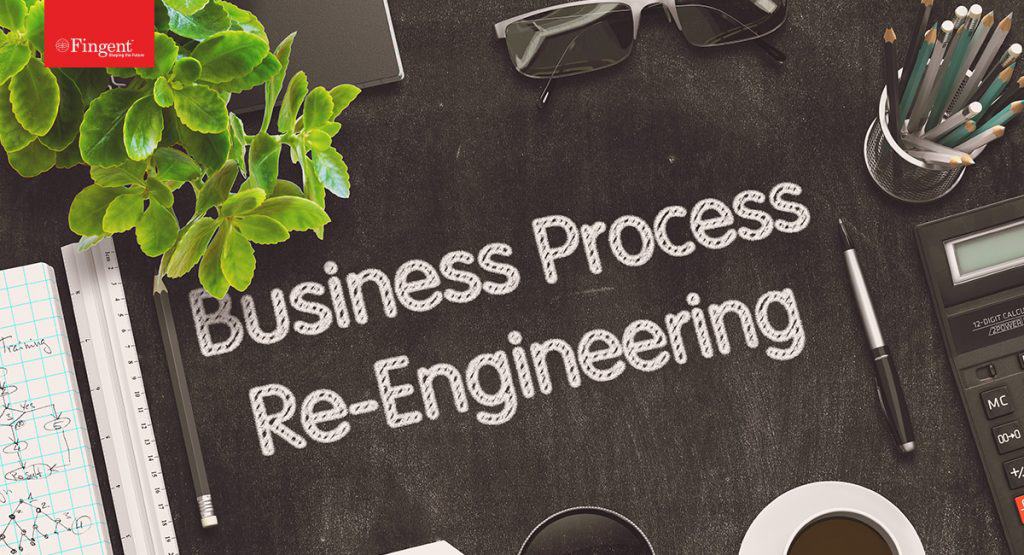Tag: legacy systems modernization
Old is gold … but is it? There are some things that get better with age of course, but when it comes to software, it’s a hard NO.
Business after Covid is not the same as when you started it. So, using legacy software to run your business is like using bullock carts for transportation even when bullet trains are available.
True, there are some systems that are hard to be replaced. On the other hand, there are some that need to be modernized or even completely scrapped. One of these is legacy software. Nevertheless, the modernization or replacement of legacy software is not always defined by its age. It might be that it is no longer relevant to the current business strategy and goals. When such software becomes difficult to maintain and improve, it is time to pivot to the platform ecosystem.
This article discusses the benefits of pivoting your legacy software into a platform ecosystem. Before that let’s understand when and how a company should consider pivoting to the platform ecosystem.
Let’s start by understanding what a platform ecosystem is.
Read more: 5 Ways Application Modernization Enables Your Business to Grow and Reap ROI During a Pandemic
What Is Platform Ecosystem?
A platform ecosystem is a connected system of companies that share large amounts of data with a common goal. When executed well, it has a massive impact on solving societal challenges successfully establishing and launching a viable ecosystem.
When Should a Company Consider Pivoting to AI-enabled Platform Ecosystem?
Legacy software may have been useful in the past. Today, you no longer see enough ROI. The longer you allow it to interfere with your business, the more resources you will have to devote to keep your current system functioning.
After all, any company would expect to profit while ensuring to invest in the right places. Recognizing the obvious downsides will help you understand when and why you must pivot to the platform ecosystem. Here are three examples that increase the cost of running legacy software:
1. Maintenance cost
Overhead cost: When your legacy software needs constant patching and repairs, your overhead costs can increase exponentially.
Human resource: If your team spends most of their time on maintenance, they will be distracted from higher-value projects that can contribute to increased ROI.
2. Cost of Integration
Integrations: You may feel tempted to look for workarounds that allow your system to work with current software and hardware. This can lead to reinventing your entire system. Essentially, you will be left with a lot of new patches on the old system that can increase your integration cost and maintenance costs.
Equipment: You will have to retain some of the old software and hardware because of compatibility issues. Maintaining such old equipment also can increase your cost in terms of money and human resources.
3. Cost of brand image
Customer retention: Because legacy software may become cumbersome and slow for today’s fast-paced customers, they may move on to your competition. These customers may include some of your loyal customers who lose patience. Gradually, such loss of customers will diminish your market share.
Brand reputation: Cumbersome legacy software can change the way your existing customers and the general public view your brand. Remember, if it costs your reputation, it will cost your business!
Read more: Why modernize your legacy systems. What is the best approach?
Steps to Pivot Your Legacy Software
Steps to pivot legacy software to a platform ecosystem vary from business to business. But there are common threads in how they can approach this journey. The companies wishing to grow with AI-enabled platforms must carefully assess and plan the transition. Doing so will ensure long-term success.
1. Assess and document your current software
Analyze and document how your current software fails to meet your business needs. Such analysis will help you understand what you need.
Create a journey map to visualize the UX and CX of your legacy system. Find out how your partners, customers, and stakeholders are using your current system.
This is a preliminary step so do not rush through your assessment. A thorough review now can provide you with a clearer picture of your journey and save you much time and resources during the journey.
2. Find out the right strategy for your organization
Some of the strategies you could consider are replace, rebuild, rehost, and re-platform. The right strategy depends on various factors including the expected ROI, the timeline, and more. It is important to get your stakeholders involved in this step.
3. Access to partners’ data
Access to partners’ data plays a huge part in driving value. Ensure to include access to partners’ data. Also, ensure this relationship comes with the ability to use AI models like customer matches and recommendations.
4. Create an interface and a timeline
Ecosystem partners need access to AI data and decisions. This is made possible by creating an API architecture. API network allows providers to interface with the company.
When mapping out your journey, factor in the time you will need to locate any other resources and the current projects your team is working on.
5. Identify and gather
Most decisions are made by AI. Hence, Identify the key decisions that you would want AI to make and then use that data to train the models.
6. Design and implement a smooth process
The frictionless platform model can simplify the process for your customers. Work with your partners to design and implement a seamless process that meets your customer needs.
7. Data is power use it wisely
The machine learning process will continue to improve as they make decisions, and they will get better at predicting or recommending. Retrain them as soon as you source new data. You can also train them when you notice that they are not doing their job very effectively.
8. Begin implementing your project plan
Once you start implementing your project plan, ensure to keep all lines of communication open and clear. Sharing information across the team about changes will help prevent problems.
Advantages Of Pivoting to Platform Ecosystem
The primary value of the platform is to grow your business. It is also useful for gathering data to train AI models. Each new member of the ecosystem provides more value to the network and more data. As result, you will have better AI models.
Data powers AI-enabled decisions in order to quickly and efficiently process claims for your customer. In a platform ecosystem, companies work together towards a common goal. They create value for each other and their customers. Clearly, new technology delivers a bigger return than keeping the existing software. At Fingent, we work with our clients to make this transformation smooth and seamless.
Give us a call and allow us to help you effortlessly pivot your legacy software into a platform ecosystem.
Stay up to date on what's new

Featured Blogs
Stay up to date on
what's new



Talk To Our Experts
Identify the best approach to legacy system modernization
With changing customer behavior, enterprises have changed their norms and business applications. Now, retailers have to fulfill orders in a multichannel, multitouch eCommerce environment; consumer banks have to provide secure and user-friendly apps, and travel brands have reconfigured their approach to stay relevant in the face of disruptors.
All these changes require legacy system modernization.
What are legacy systems?
A legacy system may be different for each company, depending on their business. While many organizations prefer to leverage new software tools and run them on old systems, others update their applications one at a time. That said, few companies are still using both old software and old systems.
Read more: Four Ways to Future-Proof Legacy Applications
Legacy systems are considered old when the software fits the early 2000s, not 2020-21. However, not all legacy software or systems are defined solely according to their age.
What is legacy systems modernization?
Simply put, modernization means updating all or some of the IT stack to enhance your business processes and goals.
However, here are three definitions that will help you understand that legacy system modernization is more than just updating the system.
- Legacy software: The application(s) that your business depends on from the last year to the past decade or more.
- Legacy software modernization: Replacing and updating all inefficient systems, processes, and applications either partly or entirely.
- Re-platforming: Modernization begins with the platform on which your business applications are built. Moving your e-commerce platform from Shopify to Magento is an example of re-platforming.
There’s no denying that business leaders drive innovation at their companies. But they need the latest technologies to enable and support this innovation. They need fast applications, systems that support connectivity, and platforms that bring all these together. Most older IT companies fail to meet these modern needs. So, legacy system modernization is a must in such cases.
That said, digital transformation has pushed application leaders to find effective ways to modernize legacy systems.
Why do you need legacy system modernization?
Legacy system modernization is more than just updating the system. It is about bringing the entire organization to meet the digital environment.
Some of the reasons to consider legacy modernization are:
- It helps create and maintain a competitive advantage by building a solution that will help you stay ahead of competitors.
- Provides reliable processes with reduced risks, improves the system’s functioning, and improves performance.
- Ensures satisfied customers and happier employees by meeting UX and performance standards.
Watch video!
- It helps you scale in the future by transforming your IT stack into an agile platform for future change.
- Secures your IT infrastructure from internal security breaches and external threats
- From accounting software to CRMs, legacy systems introduce simpler integration with several new enterprise software used by various businesses.
- Addresses the financial inefficiencies of legacy system
- It helps realize growth opportunities, exceed customer expectations, and gain new customers by staying ahead of the enterprise software curve.
Have a look at some of the points in more detail.
Company finances
Integrated, up-to-date, and user-friendly software and systems will save your company on downtime, transactions, and more. For instance, Javelin Strategy & Research observed that mobile and online banking transactions cost only $0.10 while offline processing cost around $4.25 for financial institutions.
Older software and systems can help you spend less on technology, but they end up incurring other overhead expenses.
Software integration
Most organizations rely on third-party APIs to realize maximum enterprise value. For example, Zillow, a real-estate listing site, relies on the Google Maps API for full functionality.
Making sure your new software system is ready for integration will help meet the expectations of your customers, employees, and stakeholders.
Gartner recommends how to approach legacy modernization
Here is a three-step evaluation process provided by Gartner on how to approach the legacy system’s modernization.
Step 1: Use six drivers to evaluate your legacy systems
There are six main drivers for the modernization of your legacy system. These are the issues or concerns that the legacy application has created due to its architecture, functionality, or technology.
Three of these drivers are from a business perspective, such as business value, business fit, and agility. So, if your legacy system does not meet the new requirements, it will have to be modernized to fit properly and should be updated to provide more business value. Systems that are not agile enough to meet digital business demand are more likely to risk liability.
Step 2: Evaluate modernization
Once you identify the problem and select the opportunity, look at the modernization options. Here are seven options provided by Gartner. These options are ranked based on the ease of implementation- the easier it is, the less risk and impact it will have on the system and the business processes, the difficult, the more risk and impact it will have.
- Enhance and extend the application features by encapsulating its data and functions by making them available via an API.
- Be it cloud, virtual or physical, rehost the application component to other infrastructure without changing its code, functions, or features.
- Make minimal changes to the code but not the code structure, features, or functions to migrate to a new runtime platform.
- Restructure and optimize the existing code but not its external behavior to improve non-functional attributes and remove technical debt.
- Modify the code materially to shift it to new application architecture and exploit newer capabilities.
- Rebuild the application component from scratch while retaining its scope and specifications.
- Eliminate the former application and replace it while taking into account the new requirements and needs.
Step 3: Select a modernization approach that has the highest effect and value
The last step is to choose the modernization approach by mapping the seven modernization options concerning their effect on architecture, technology, functionality, costs, and risks.
It is important to weigh all the options to identify the extent to which they will all have the desired effect with less effort and maximum positive impact.
Read more: Business Process Re-engineering: Facing Crisis with Confidence
How can Fingent help update your legacy system?
Whether you are looking to re-architect your enterprise software or re-platform your entire system, or simply looking for new solutions that integrate with what you have going, we have you covered. We offer business process re-engineering and platform modernization services.
With expertise in various industries and a full-cycle in-house software development team specializing in legacy modernization, we can make your entire process efficient and personalized. Talk to our expert to know more about this.
Stay up to date on what's new

Featured Blogs
Stay up to date on
what's new

















